Risky recycling
China suffers more losses than gains from processing imported waste
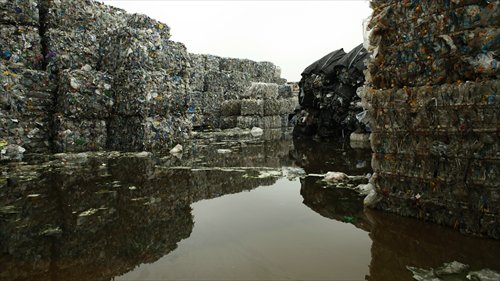
Piles of imported plastic waste stacked near a port in Tianjin Photo: Wang Jiuliang
On the outskirts of a northern Chinese village, mounds of garbage are burned and dark toxic smoke blackens the sky. Inside houses coated with dust and grime, men and women, children and adults sort through plastic they can recycle for profit.This is a common scene in thousands of small workshops in rural towns across China, where the processing of imported waste and scrap metal has been a significant industry for many years.
Chinese photographer Wang Jiuliang, in the course of making a documentary about this industry, traveled to these areas to photograph residents' living conditions and talk to the locals.
After the waste is sorted and cleaned, anything reusable goes to factories where the materials can be turned into new products and the leftovers are burned. The finished goods are exported to the developed countries which were often the original source of the waste.
In the garbage there are often sharp, poisonous or otherwise harmful objects which cause injuries to the workers and their children. One elderly worker lost a finger after coming into contact with a corrosive liquid while sorting plastic bottles. The children in this village, and others like it, often develop skin sores.
According to regulations, plastic containers should be cleaned before arriving in China, but Wang found that often they were not cleaned. The cleaning of these containers consumes a lot of water, and the water is contaminated after the cleaning process. These pollutants then make their way into rivers and lakes.
In these villages, the water cannot be drunk or used to water crops and villagers must buy bottled water. Their cancer rates are well above the national average.
China is one of the world's largest importers of waste. Official figures show that China imported 54.85 million tons of waste in 2013, five times what it did in 2000.
The quantity of waste exported to China continues to grow despite tightened restrictions. The trade volume of waste imports from the US had increased fourteenfold since 2000, hitting $11.54 billion in 2011.
Wang, in an effort to tell the story of waste processing in China to consumers in the countries that produce that waste, has just finished his documentary Plastic China. A visiting scholar at the University of California-Berkeley, he is planning to have it shown in various American cities.
Global Times
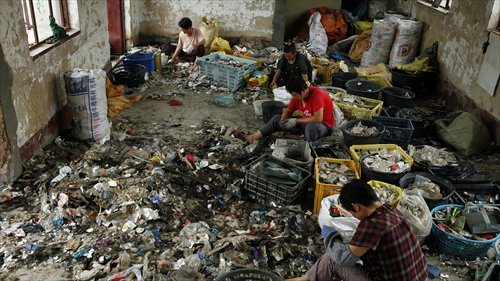
Workers sort waste in a workshop in a village in North China. It's estimated that China has around 30 towns which are dedicated to processing plastic waste, each with hundreds or even thousands of workshops. Photo: Wang Jiuliang
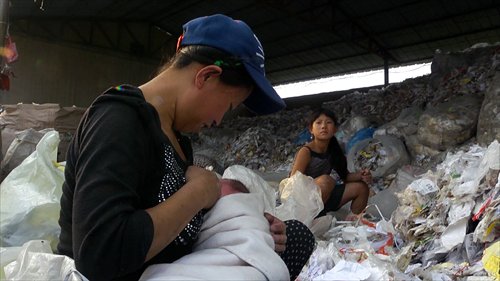
A mother feeds her baby in a workshop. Photo: Wang Jiuliang

A waste-sorting worker's child drinks out of a syringe he found. Photo: Wang Jiuliang
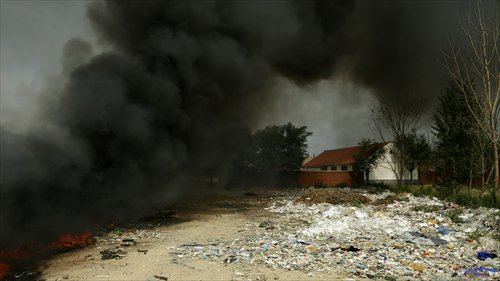
The waste that is left over after sorting is burned. Photo: Wang Jiuliang
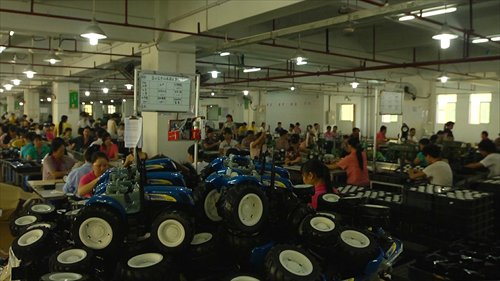
Workers assemble toy cars in a factory in Dongguan, South China's Guangdong Province. The factory's raw materials come from recycled plastic waste and its products are exported to the UK, Japan, Italy and the US. Photo: Wang Jiuliang